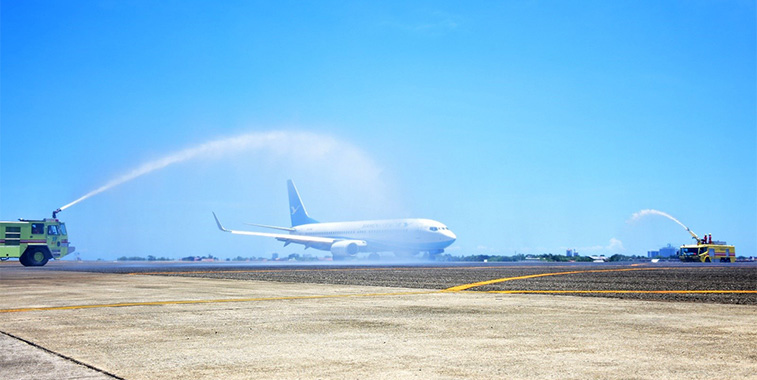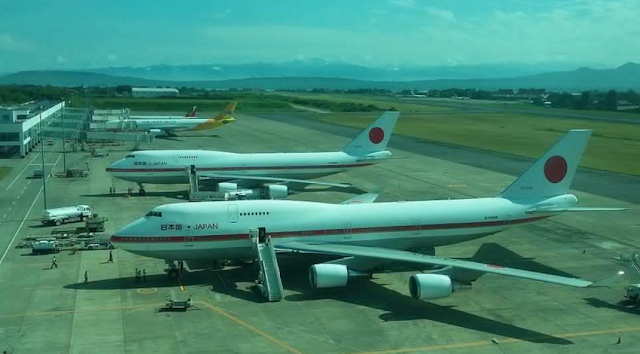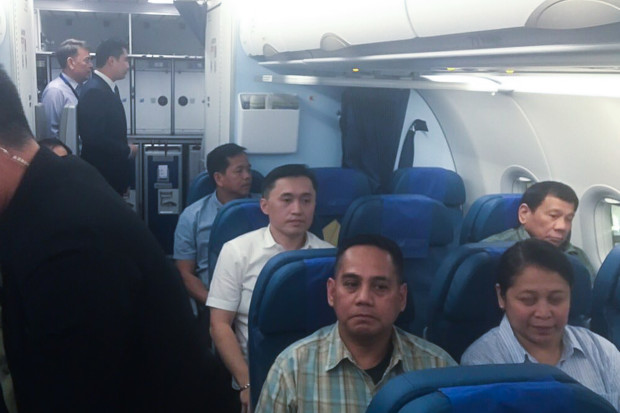- ₱40.57 billion (Davao)
- ₱30.4-billion (Iloilo)
- ₱20.26-billion (Bacolod)
- ₱14.62-billion (Cagayan De Oro)
- ₱2.34-billion (Tagbilaran)
25 January 2017
The Department of Transportation (DOTr) has announced bidding for the Development, Operations and Maintenance Contract (O&M Contract) of Davao International Airport Terminal with a minimum bid price of ₱40.57 billion under the amended Public-Private Partnership (PPP) program.The four other provincial airports include the ₱20.26-billion Bacolod-Silay International Airport, the ₱30.4-billion Iloilo International Airport, the ₱14.62-billion Laguindingan Airport, and the ₱2.34-billion New Bohol (Panglao) Airport.
The amended PPP program has a minimum price tag of ₱108-billion covering auctions for Silay, Davao, Iloilo, Laguindingan and Panglao airports with DOTr releasing its invitation to pre-qualify and bid the O&M contract yesterday, un-bundling the contract originally offered to private investors in 2015.
The project was previously bundled with Laguindingan and Panglao airports while another bundle covers Puerto Princesa, Iloilo, and Silay. In its stead is the individual offer for each airport for what its worth to the investors.
That simply means bidders would make a separate offer for each airport, in contrast with the previous arrangements wherein the five airports were grouped into two separate packages.
National Economic and Development Authority (NEDA) Board resolved on 14 November 2016 to unbundle the regional airports development, operations, and maintenance projects after encountering criticism from President and NEDA chair Rodrigo Duterte after finding the high cost of parking and terminal fees that would be assessed by the winning concessionaire to the operated airports.
The planning authority said the contracts is being opened to new bidders. NEDA clarified however that the pre-qualified bidders before in the bundled projects are still considered pre-qualified bidders even if the projects are now unbundled provided that there are no changes in their legal, technical and financial capacity set by the department and Civil Aviation Authority of the Philippines(CAAP).
The PPP Center disclosed that among those pre-qualified bidders were “Metro Pacific Investments Corp., which partnered with Aéroports de Paris and TAV Havalimanlari Holdings A.S; San Miguel Corp. and South Korea’s Incheon Airport; Aboitiz Equity Ventures with VINCI Airports; Megawide Construction Corp. and India’s GMR Infrastructure, and the Filinvest Group with Japan’s Sojitz and Jatco.”
Under the contract, the winning bidder will be responsible for airside and landside construction according to ICAO standard classifications,like terminal maintenance, improvements and expansion, construction of parallel taxiway and apron expansion as well as airport navigational systems to address future demands for the next 30 years which is the concession period.
For Davao concession for example, the winning bidder will be responsible to undertake the operation and maintenance of
the airport as well as provide additional facilities and other necessary
improvements to include the following in
various phases:
• Passenger terminal building expansion
• Cargo terminal building expansion
• Expansion of other key facilities such as car parking, and administration bldg.
• Passenger terminal building: additional area from 65,000 to 125,000 sq.m.
• Cargo terminal building: Additional area from 13,000 to 27,000 sq.m.
• Apron Area expansion
• Construction of full parallel taxiway
The obligation of the concessionaire is necessary to enhance passenger safety, security, access, passenger
and cargo movement efficiency, and operational efficiency under a
defined concession period.
The proceeds of the contract will be used to fund other airport development and improvement projects across the country to expedite and upgrade airport services to all comply with ICAO safety standards.

































